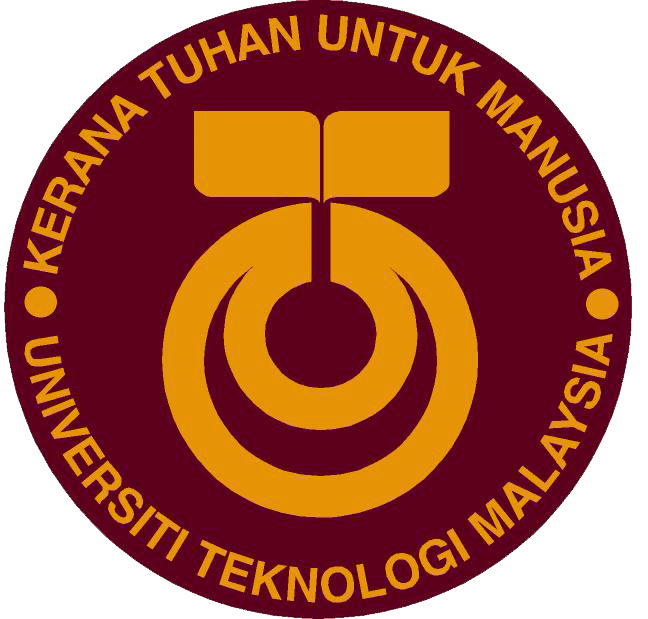Singapore, 8th September 2022 – The International Building Design Competition (IBDC) 2022 is an open-themed design competition in which students from institutes of higher learning (IHLs) around the world are invited to re-imagine their built environment using technologies such as Computational BIM, Augmented Reality & Virtual Reality, Game Engine and Robotic Process Automation, and Common Data Environment platforms.
The competition was jointly organized by Nanyang Technological University Singapore and Ngee Ann Polytechnic Singapore, in partnership with prominent higher learning education institutions in Singapore such as National University of Singapore (NUS), Singapore Polytechnic, Singapore University of Technology and Design, Republic Polytechnic Singapore, Temasek Polytechnic Singapore and others, supported by Building and Construction Authority (BCA) Singapore. The IBDC 2022 Prize Presentation Ceremony took place at Marina Bay Sands Expo and Convention Centre (MBS), Singapore.
This year, in collaboration with Temasek Polytechnic (TP) Singapore, 3 UTM Master of Architecture (M. Arch) programme students, Aw Khai Hoong, Chow Zhen Nam, and Man Jun Ming, have formed a team together with 3 TP students: Jaelene Loo Shi Jie, Lee Xin Hui, and Lee Zong Jin. The 6 students were supervised by Ar. Wong Teck Yong from TP and Ts Dr Leng Pau Chung from UTM. In a team of six members with two supervisors (8 in total), the team got the name ‘Team Cre8 Builders’.
Since synergy and multi-disciplinary teams comprising members from a mix of disciplines are encouraged as stated in the competition brief, the UTM Master of Architecture team has been working hand-in-hand with the Architectural Technology & Building Services (ABS) team from Temasek Polytechnic since April 2022.
Multiples and rigorous internal critique and brainstorming session, workshop and discussions were conducted via common data environment (digital platform) such as Discord, Microsoft Team, BIM360, Google Drive and WhatsApp Group by both side members. Thanks to technological advances, work progress is no longer a barrier for both groups to deliver.
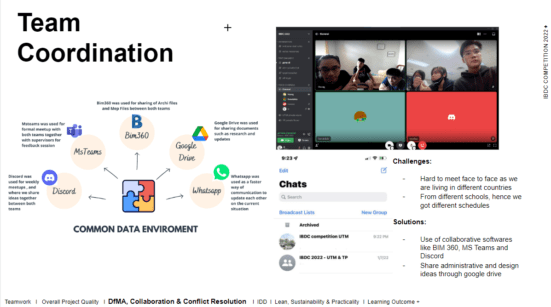
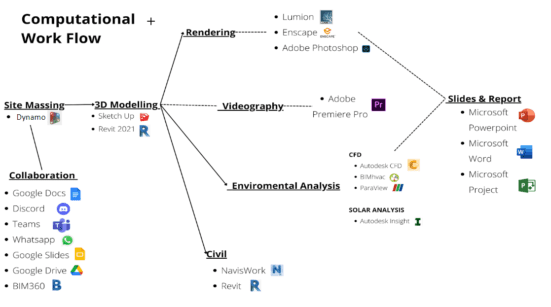
The computational workflow & team coordination executed by Team Cre8 Builders via virtual digital platform
The idea was to propose the urban high-rise housing cum mix development at Johor Bahru city center with design concept of “Vertical Village”. Other than consideration of the site and cultural context, the 3 main aspects to be taken into account are: sustainable building design, Design for Manufacturing and Assembly (DfMA), and Integrated Digital Delivery (IDD).
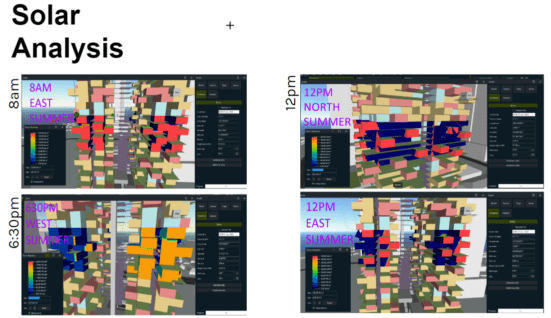

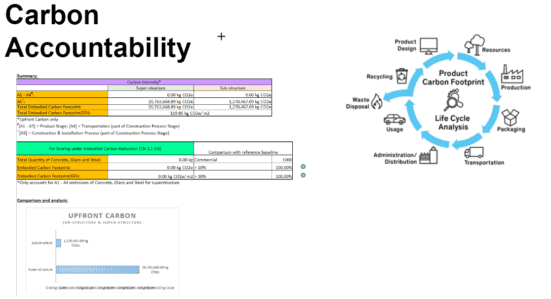
A series of analyses and environmental design simulations were conducted to support the viability of the IBDC2022 urban mix development scheme – Vertical Village
From preliminary siting through construction, operation, maintenance, restoration, and eventual deconstruction, sustainable building design is the process of designing environmentally responsible and resource-efficient buildings and processes.
The team has comprehensively conducted the site analysis and synthesis in order to fit the proposal contextually based on the five (5) aspects: energy efficiency (Zero Energy Building – ZEB or Super Low Energy – SLE), water efficiency (Urban Water Design), environmental protection (Low impact), indoor environmental quality (User well–being) as well as counterpropose the other sustainable and innovative features that contribute to better building performance.
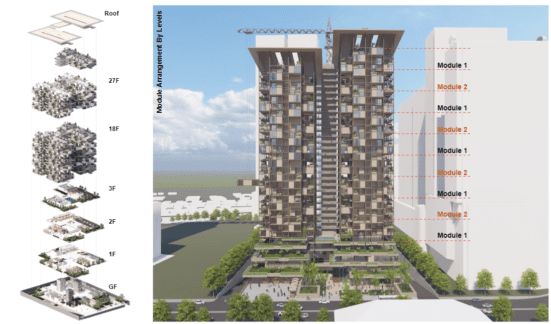
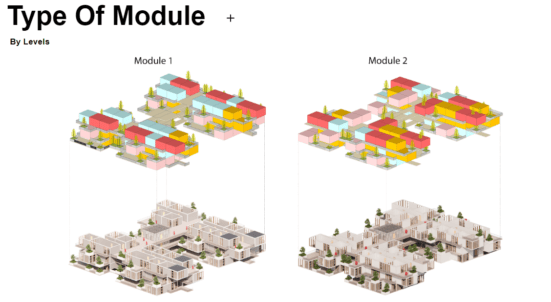
Proposed modular urban vertical housing with the Design for Manufacturing and Assembly (DfMA) approach as the way forward for sustainable construction in the near future.
From the perspective of sustainable construction, the Design for Manufacturing and Assembly (DfMA) approach is proposed. The Design for Manufacturing and Assembly (DfMA) strategy involves producing parts in a factory setting and assembling them on-site in order to save money, time, effort, and resources.
Several parameters such as equipment for hoisting (type, number of cranes, loading capacity), production rate of a factory (modules per day / hoisting time per module), site storage capacity, project construction timeline (timeline savings / manpower savings), modularization and standardization of DfMA components (no. of module types, no. of components with standard/modular dimensions), as well as volume and type of DfMA components were addressed as part of the design strategies.
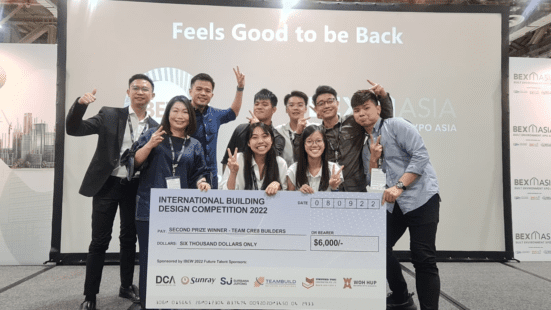
Team Cre8 Builders won the second prize worth 6,000 S$ in IBDC2022
(from left to right: Ts. Dr. Leng Pau Chung (Supervisor from UTM team), Wiliana Sulisto (Course Chair of TP Architectural Technology & Building Services), Ar. Wong Teck Yong (Supervisor from TP team), Man Jun Ming (UTM), Jaelene Loo Shi Jie (TP), Lee Zong Jin (TP), Lee Xin Hui (TP), Chow Zhen Nam (UTM) and Aw Khai Hoong (UTM)
The idea of collaboration in IBDC competition between UTM and TP was initiated before border restrictions fully reopened for travel in response to Covid-19 pandemic early this year. Nevertheless, the team members did not despair and reject the opportunity to work, learn, and grow together as a collaborative team, which allowed them to exchange ideas, share knowledge and skills, establish networking, and build dreams by benefiting the digital platform and collaborative tools that able to speed up the communication and configuration process in the teamwork.
Prepared by: Ts. Dr. Leng Pau Chung


